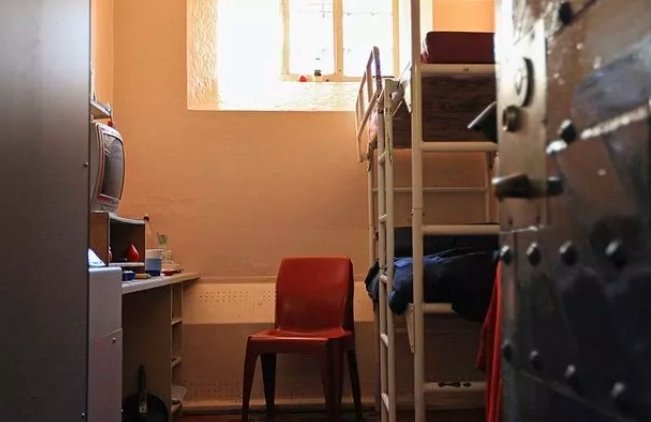The Scottish government’s plan to release hundreds of prisoners early to address overcrowding is raising serious concerns among victims’ rights groups. Victim Support Scotland (VSS) warns that the move prioritizes prison resources over the safety and well-being of victims and the public.
Government Pushes for Early Releases Amid Overcrowding
Scotland’s prison population has surged past its target capacity, prompting authorities to take drastic measures. The government plans to release up to 390 inmates who were sentenced to less than four years in prison. Under the scheme, they will be freed after serving 40% of their sentence instead of the usual 50%.
The releases will occur in three phases starting on February 18. However, prisoners convicted of sexual offenses or domestic abuse are not eligible for early release.
Scotland’s prison system currently holds 8,332 inmates, surpassing the target operating capacity of 8,007. Similar measures were implemented last summer when 477 prisoners were released early. Of those, 61 were later returned to custody.

Victims’ Groups Warn of Eroding Trust in the Justice System
Victim Support Scotland is voicing strong opposition to the early release program, fearing it will further discourage victims from reporting crimes.
“We’re seeing a situation where resources are taking priority over victim and public safety. It’s not a position we support at all,” said Kate Wallace, Chief Executive of VSS. “The big concern is that it erodes trust in the criminal justice system as a whole, and that could deter victims from coming forward in the future.”
Wallace emphasized that victims feel “de-prioritized” and are left out of discussions about these policy changes. The organization believes that while addressing overcrowding is necessary, it should not come at the cost of public confidence in the justice system.
Prison Service Prioritizing Rehabilitation
The Scottish Prison Service (SPS) acknowledges the concerns but insists that efforts are being made to prepare prisoners for release in a responsible manner. Deputy Chief Executive Linda Pollock said that rehabilitation efforts are being focused on those nearing their release dates.
“We are prioritizing those who are going to be released,” Pollock stated. “We saw in the release last summer that a small number of people reoffended, but we have worked with partners and learned from that.”
However, she admitted that overcrowding has made rehabilitation efforts more challenging. The available resources must now be stretched further, raising questions about how well-prepared these individuals will be upon release.
Victims Left to Sign Up for Notification Scheme
One of the major criticisms from VSS is the Victim Notification Scheme, which requires victims to actively sign up if they wish to be informed about an offender’s release.
Wallace pointed out several flaws in the current system:
- Victims are often asked early in the legal process if they want to sign up, but there is little follow-up if they change their minds.
- Many victims are unsure whether they registered for notifications, leaving them vulnerable to unexpected encounters with offenders.
- A more proactive approach is needed to ensure victims receive the information they need to feel safe.
“The last thing victims want is to unexpectedly bump into the person who committed a crime against them,” Wallace stressed. “It causes huge anxiety and trauma. They deserve to know when that person is being released so they can plan accordingly.”
Government Defends Decision, Pledges Support
A Scottish government spokesperson defended the decision, citing trends across the UK where prison populations have significantly increased.
“We will continue to work closely with victim support organizations to ensure that accessible information is available to victims on the change to the release point for short-term prisoners,” the spokesperson said.
The government maintains that balancing prison population management with public safety remains a priority. However, victims’ advocates remain skeptical, arguing that real change will only come when victims’ concerns are taken as seriously as the need to reduce prison numbers.


















